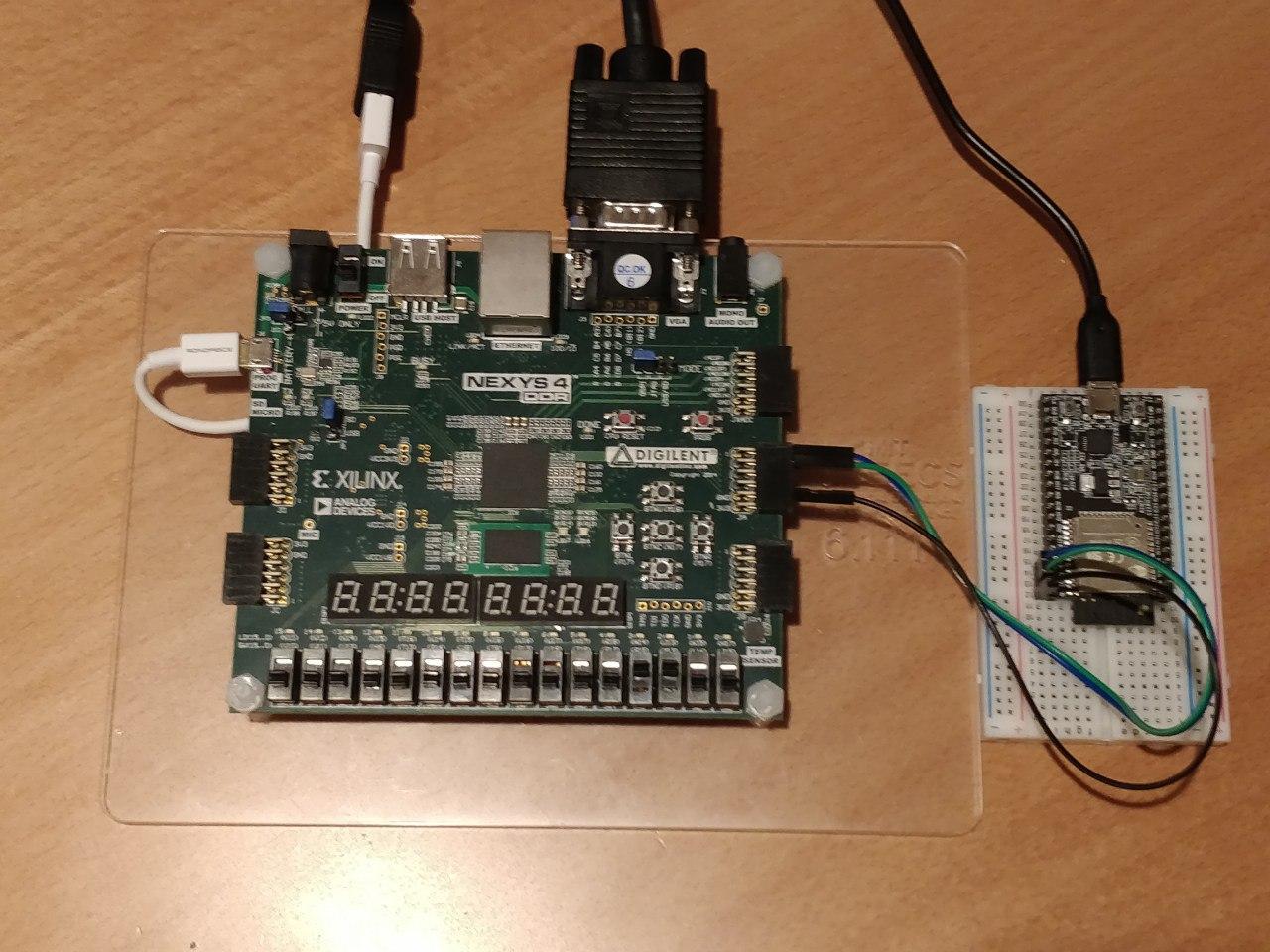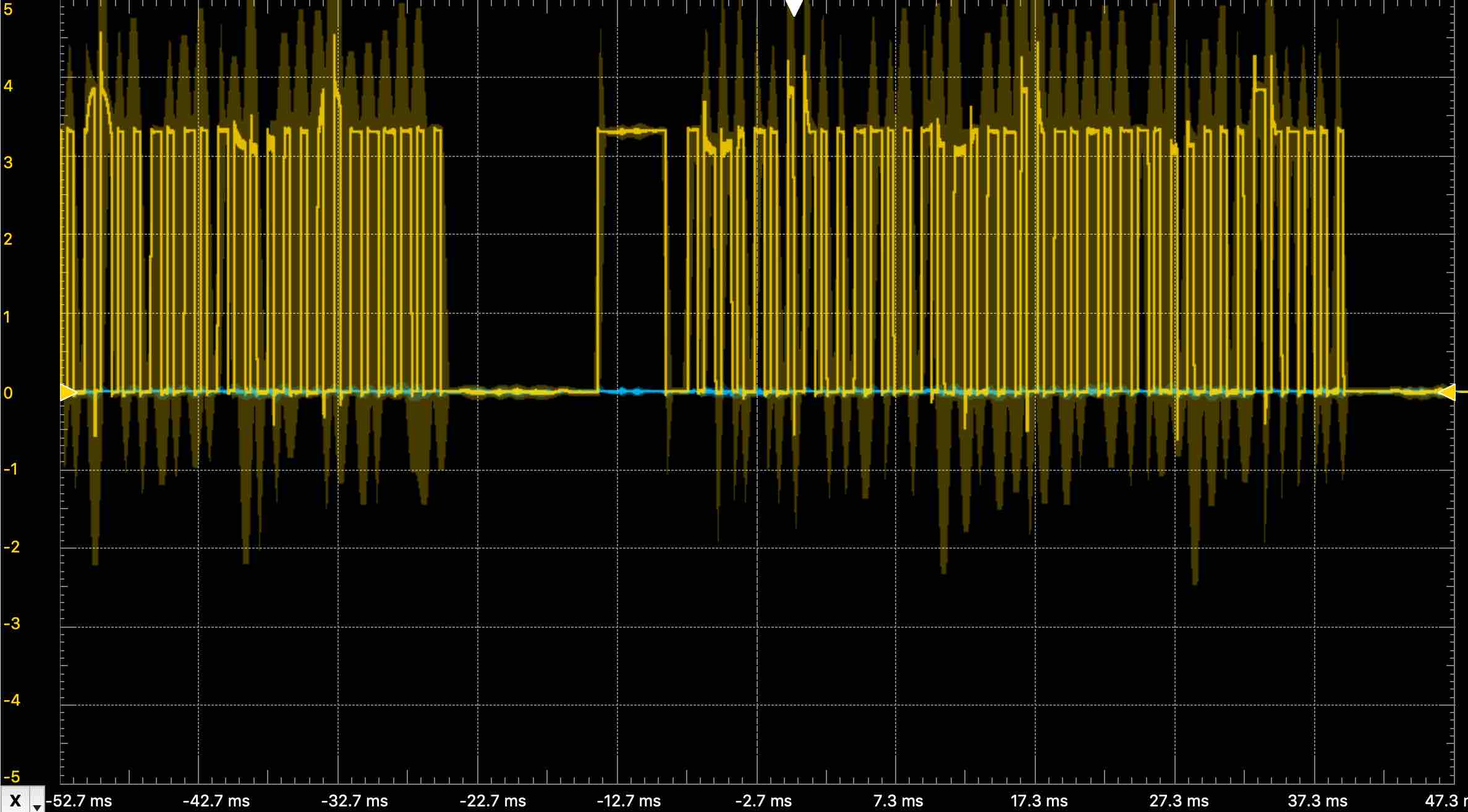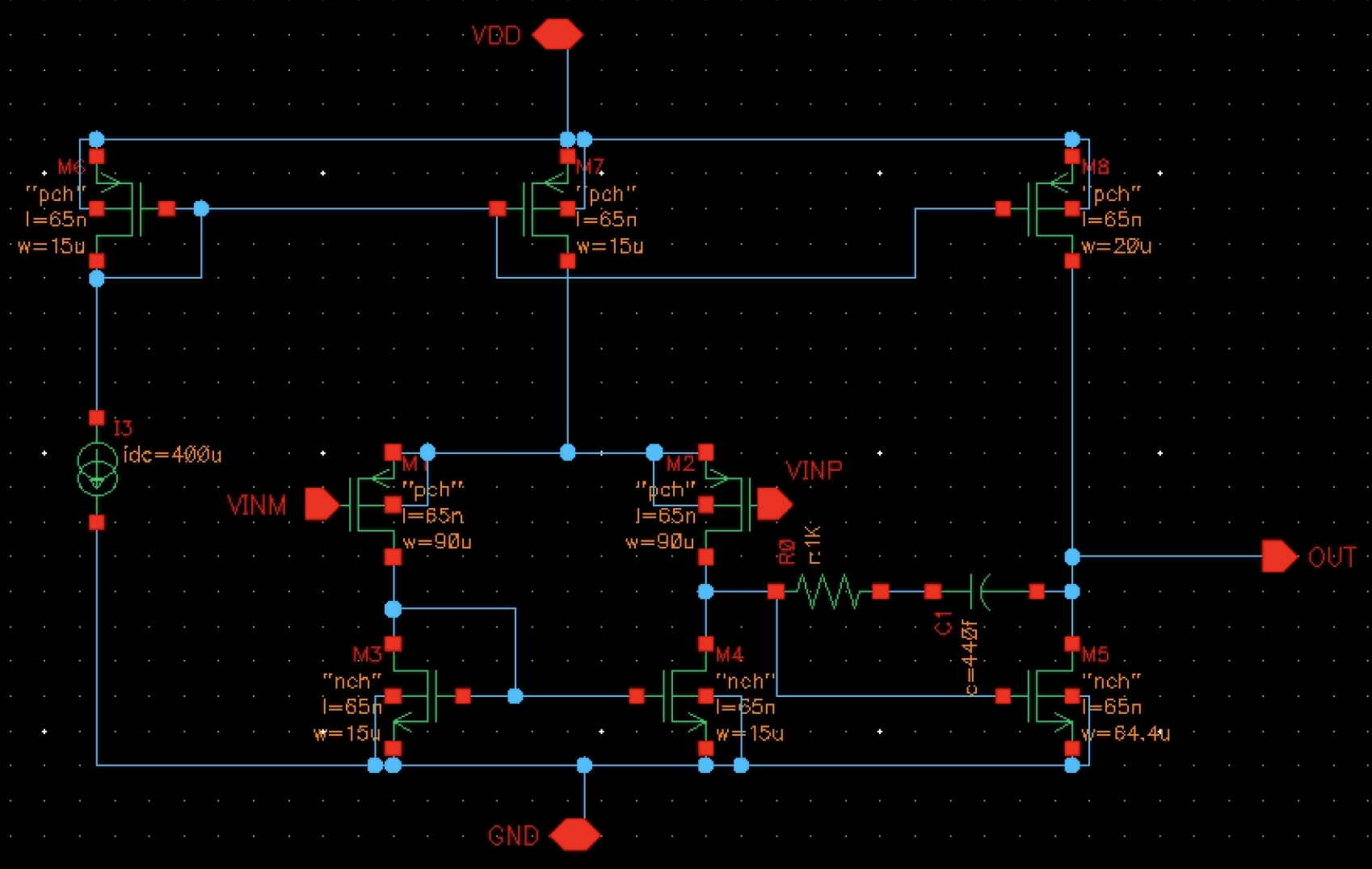Closed-Loop Linear Motor Driver for Ultrasound Probe Stabilization
Power Electronics Laboratory, Spring 2021
This project developed a motor driver and controller capable of position control for a linear motor. PWM modulation creates sinusoidal phase voltages for the motor instead of square waves, which allows for much smoother movement and control. In future work, this could be used to provide constant, user-determined force on a surface regardless of hand position for ultrasound probe stabilization.




